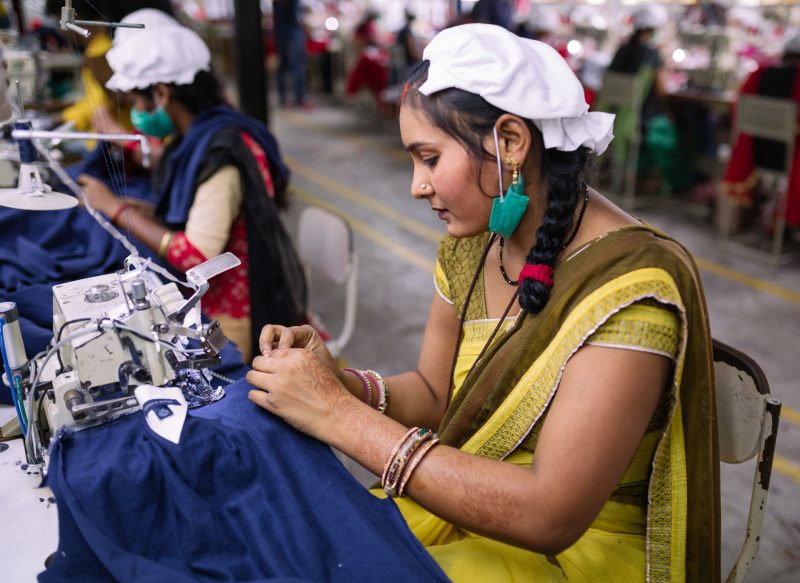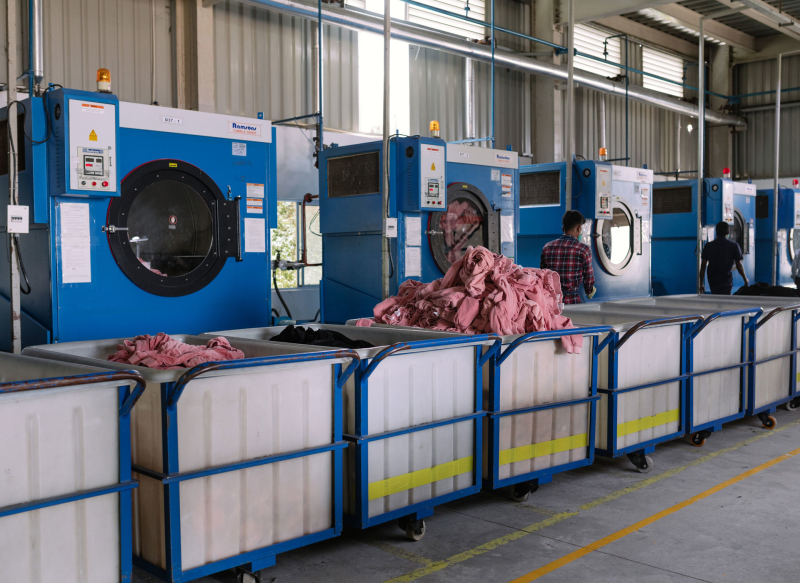FOCUS AREA
IMPROVING WORK ENVIRONMENT
LOCATION
Bengaluru, India
REACH
40 factories, over 50,000 garment workers
PARTNERS
University of Michigan, Shahi Exports, Humanity United
STAGE
- DESIGN
- EVALUATE
- ANALYZE
- DISSEMINATE
- SCALE-UP
Unlocking Worker Voice
CHALLENGES AND OPPORTUNITIES
While the majority of frontline operators in the garment industry are women, their supervisors are typically men. This disparity, coupled with inequitable social contexts and intense production pressures, manifests in the form of conflicts on the factory floor which often go unreported. While individual and collective outlets for voicing grievances exist, many labor-intensive industries lack a smooth facilitation of direct communication between workers and administration. Considering the urgent need for a safe worker voice tool in their factories, we developed a two-way communication technology. Inache is our homegrown anonymous tool designed based on our rigorous research.
RESEARCH QUESTION
How can workers report their grievances and suggestions in a safe and trusted way? Does a particular medium of communication work better than another? How can we generate buy-in from all stakeholders on the factory floor?
RESEARCH DESIGN
We first mapped the macro environment of a factory setting, including all the stakeholders a worker interacts with. Our exercise was to capture a worker’s “universe” which includes supervisors, doctors, guards, hostel wardens, and management, and their relationship with each. We also evaluated existing mechanisms a worker has access to for using their voice. Our research also investigated workers’ micro environment using qualitative research methods. We learnt that workers lack trust in redressal and fear possible reprisal. Inache is a low technology solution created in response to this need for transparency and accountability between workers and firm administration.
Through Inache:
- Workers can send a text or voice message about their grievances, suggestions, or questions.
- The mobile numbers are masked and the messages go to a central dashboard, from where it reaches a designated factory staff member.
- Inache’s dashboard synthesizes the existing staffing information. Factory personnel with comprehensive understanding of key staff members and roles assign anonymously received cases to relevant troubleshooters.
- For example, a person who already navigates canteen related complaints becomes the case troubleshooter for similar grievances.
- The journey of this complaint is then logged onto a system which incentivises accountability, speed, and transparency.
Inache is currently being evaluated across 40 factories.
MEASURING OUTCOMES
- Inache’s utilization rates compared to traditional mechanisms
- Improvements in worker wellbeing
- Resolution of workplace grievances
- Effectiveness of administrative incentives
- Worker productivity and turnover
Visit the GBL Ventures Website to know more about Inache.


